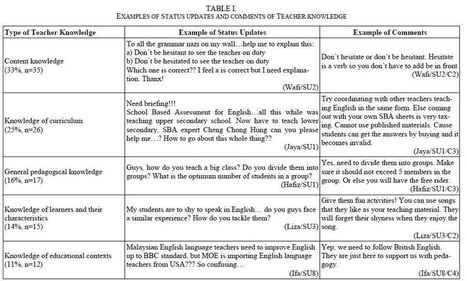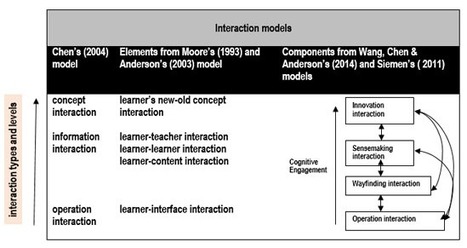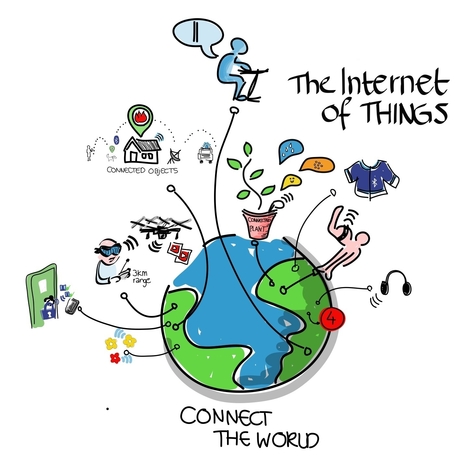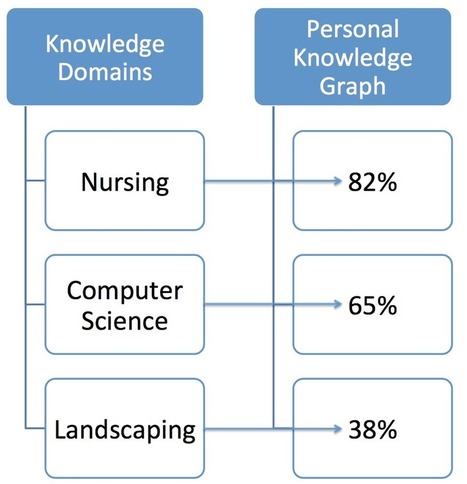"We are so into MOOCs now that it’s too much for me. Gotta apply Ockham’s Razor 2.0 to this stuff.
At the Ed-Media conference, I attended a session by Sarah Schrire of Kibbutzim College of Education in Tel Aviv. In her discussion of Troubleshooting MOOCs, she noted the dificulties in determining her own direction in offering a MOOC in the “Stanford model” MOOCs versus the “connectivism” MOOCs. I found myself breaking it down into three categories instead.
Each type of MOOC has all three elements (networks, tasks and content), but each has a goal that is dominant.
Network-based MOOCs are the original MOOCs, taught by Alec Couros, George Siemens, Stephen Downes, Dave Cormier. The goal is not so much content and skills acquisition, but conversation, socially constructed knowledge, and exposure to the milieu of learning on the open web using distributed means. The pedagogy of network-based MOOCs is based in connectivist or connectivist-style methods. Resources are provided, but exploration is more important than any particular content. Traditional assessment is difficult.
Task-based MOOCs emphasize skills in the sense that they ask the learner to complete certain types of work. In Jim Groom’s ds106 at UMW, the learning is distributed and the formats variable. There are many options for completing each assignment, but a certain number and variety of assignments need to be done to perform the skills. Similarly, our POT Certificate Class focuses on different topics for each week, and skills are demonstrated through sections on design, audio, video etc. in an effort to expose learners to many different formats and styles in online teaching. Community is crucial, particularly for examples and assistance, but it is a secondary goal. Pedagogy of task-based MOOCs tend to be a mix of instructivism and constructivism. Traditional assessment is difficult here too.
Content-based MOOCs are the ones with huge enrollments, commercial prospects, big university professors, automated testing, and exposure in the popular press. Community is difficult but may be highly significant to the participants, or one can go it alone. Content acquisition is more important in these classes than either networking or task completion, and they tend to use instructivist pedagogy. Traditional assessment, both formative and summative, may be emphasized. Mass participation seems to imply mass processing." from source: http://lisahistory.net/
Via
ghbrett



 Your new post is loading...
Your new post is loading...























